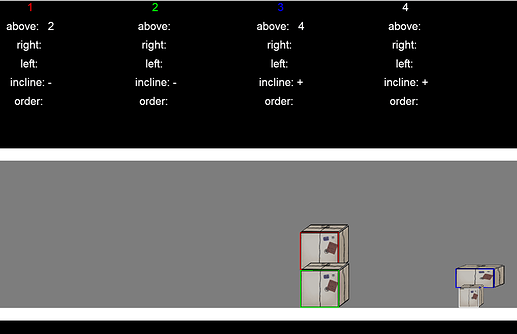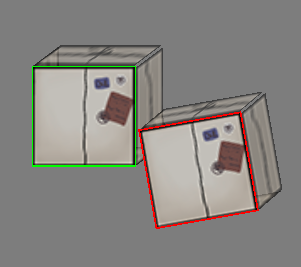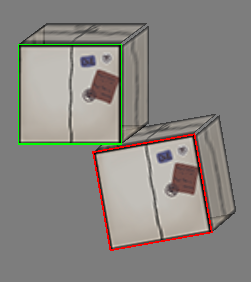Hello,
Im just trying to make few 2D boxes look more like 3D object.
I use physics engine to move these around and interact with each other…
Box looks like this:

There is “face” of the box and two parts of picture that makes it look more 3D (top and right side).
It looks fine but when this box starts to rotate and f.e. finishes upside down, you shold be able to see different parts of box (bottom and left part instead of top and right part).
I dont know if it is what I ment so I made a simple example:
boxes_example.rar (83.1 KB)
Could someone please advice me or give me some tips on how to manage this boxes look?
I thought about Runtime ( “enterFrame” ) listener to check rotation of the box and show/hide right parts of box but there might be some better way.
My other thought was just to limit rotation of boxes so they dont go to some strange looking angles (Im not sure this is even possible with physics engine).
Im aware of this 2.5D guide.
Thank you for all advice or tips I can get on this topic.
Jiří






